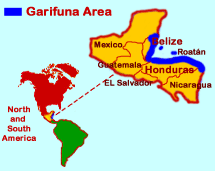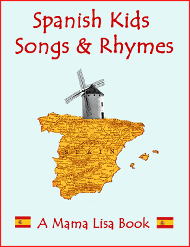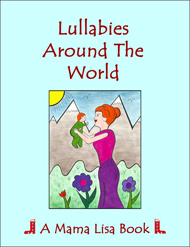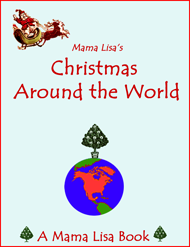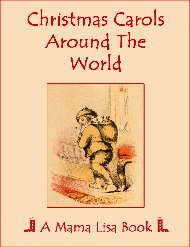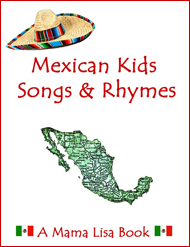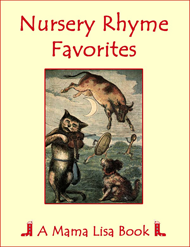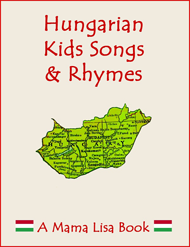About the Garifuna People
Around 1635 or 1675 (depending on source), a slave ship holding West Africans shipwrecked near the island of St. Vincent. The West Africans escaped and hid with the indigenous people who were Carib Amerindians and Arawaks. Over time the West Africans intermarried with the local people. This new group came to be called the Garifuna.
Over the ensuing decades, the British and French both tried to make claims to St. Vincent. Eventually they declared the island to be neutral. However, after the British defeated the French in the Seven Years' War, they laid claim to the island.
The British deported the Garifuna to an island off the coast of Honduras called Roatán. The island was infertile and was too small to hold the Garifuna population. So the Garifuna people asked the Spanish government on mainland Central America to allow them to settle there. The Spanish allowed them to settle on the mainland and employed many of them. The Garifuna spread along the Caribbean coast to what is now Belize, Honduras, Guatemala and Nicaragua. Many Garifuna still live in those countries. Some have also immigrated to the US and Canada, with a very large population in New York City.
About the Garifuna Language
The Garifuna language is an Arawakan language that first developed among some ancient indigenous people of South America. It has French, English and Spanish influences from contact between the Garifuna and different colonial people. Today it's mainly spoken as a second language.
Songs & Rhymes In Garifuna
Advertisement
Copyright ©2025 by Lisa Yannucci. All rights reserved.

